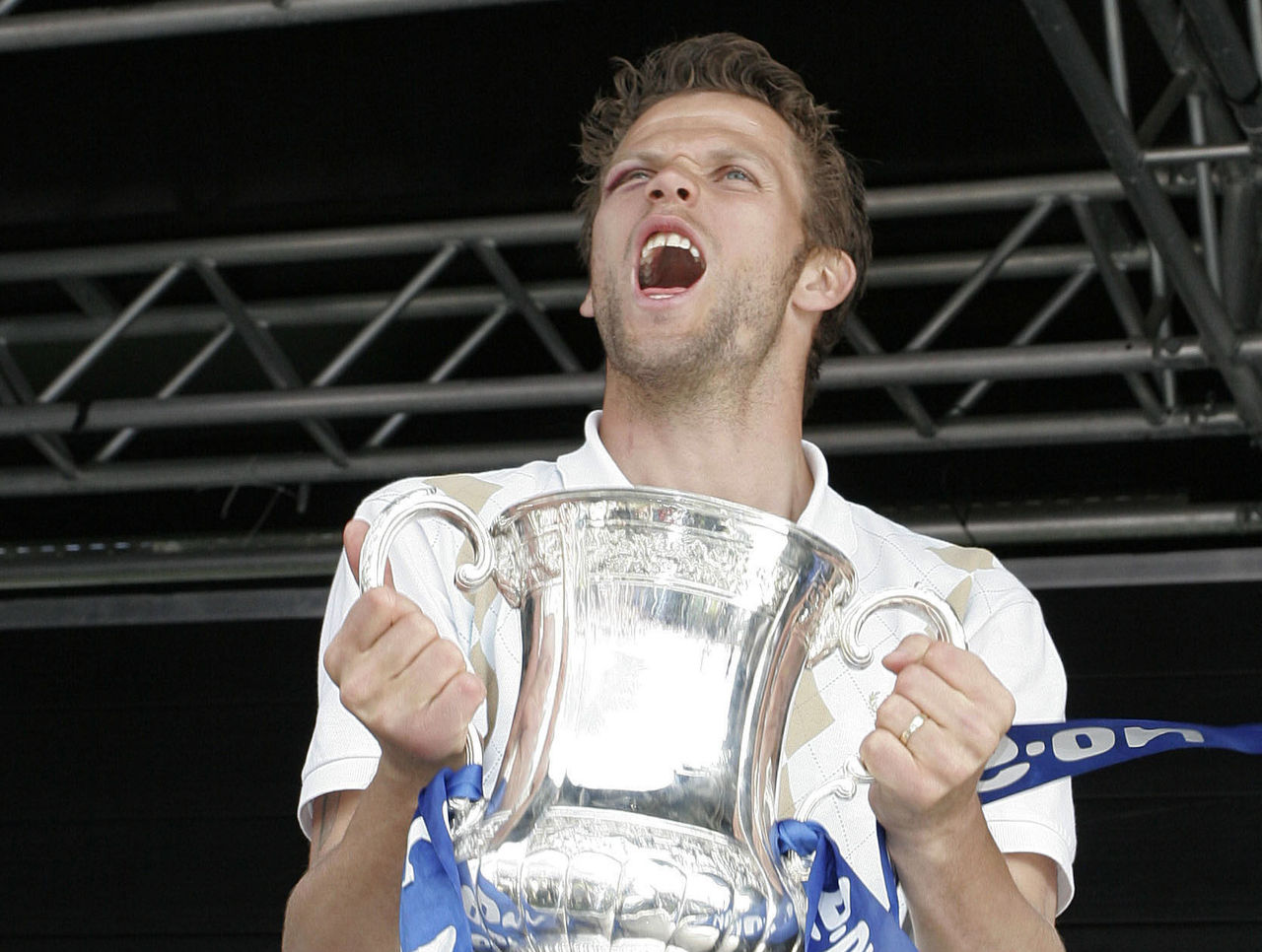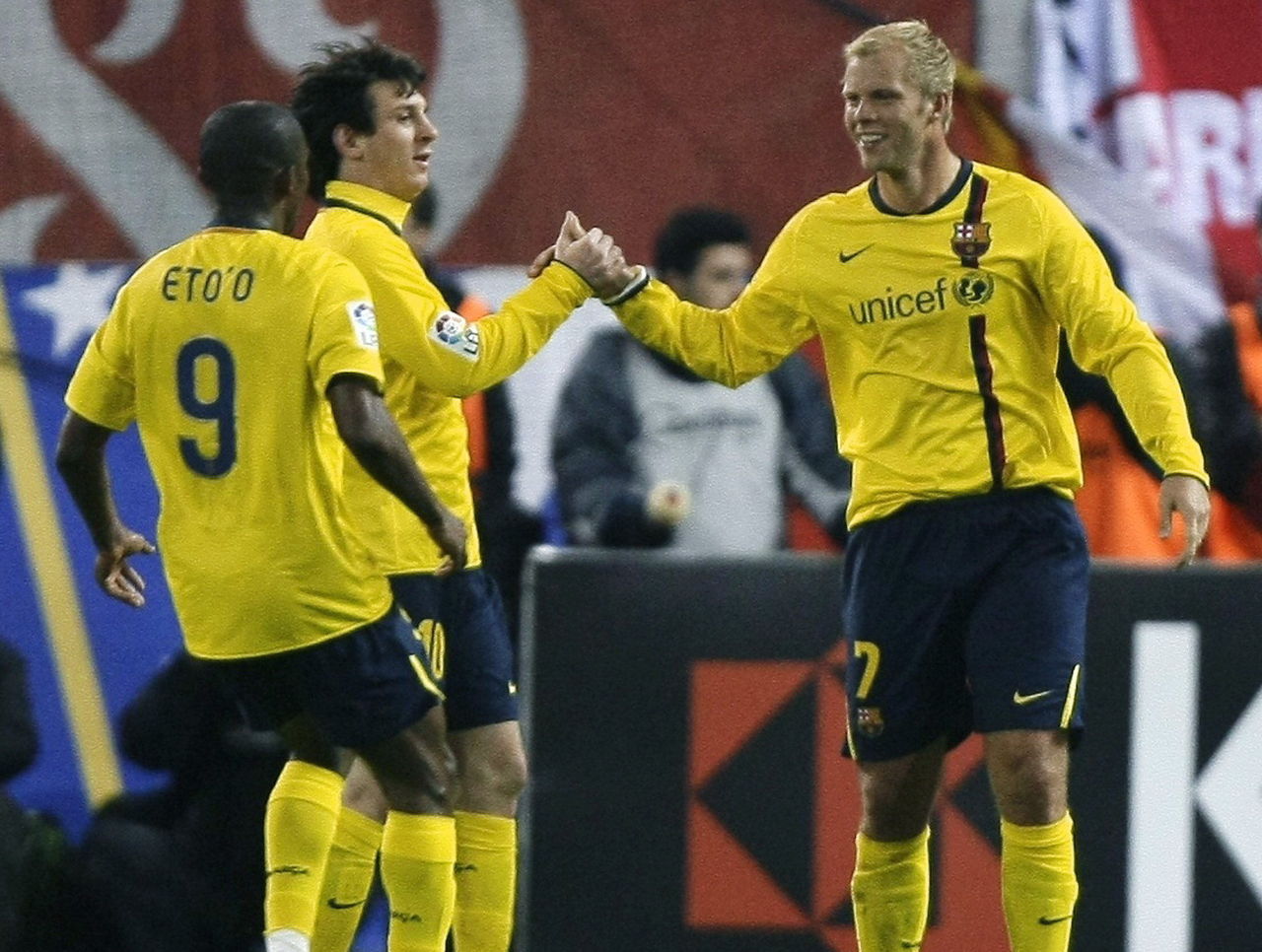Why we should get used to Iceland at major tournaments
Sunday's comprehensive but respectable 5-2 loss to France was familiar for long-running fans of Iceland. For decades, the work of the Icelandic national team was more suitable for a punchline than a sense of pride.
The Reykjavik brewery Olgerdin Egill Skallagrimsson, brews a white stout called "Borg 2-14" to commemorate a particular match against old rival Denmark in 1967. The defeat - a 14-2 reverse in Copenhagen - stands as the biggest defeat in Iceland's history, and the strong aromas of coffee and vanilla, coupled with a strong alcoholic kick, are intended to cloud the memories of that stuffing.
Despite the years of failure and one-sided defeats, football fans of the island nation have long stayed faithful in supporting their national side, but now, for the first time ever, the rest of the world has legitimate reason to believe as well.
Tourism boom
It's an outpost that has been long cut off, both in the day-to-day grind and the trivial world of football, until now.
Airlines offering stop-offs of up to seven days on the north Atlantic island have made the breathtaking scenery more accessible for many, and has changed the landscape of its capital into a westernised and thriving hub.
Two million are expected to visit Iceland from overseas this year - over six times the settled population.

(Courtesy: @ESPNSteinLine)
The national coverage of English Premier League action, fronted by national footballing treasure Bjarni Felixson, has also bridged a connection to its continental cousins. Football supporters wanted to emulate David Beckham or, nowadays, Swansea City's Icelandic midfielder Gylfi Sigurdsson.
Strakarnir okkar's incredible run into the quarter-finals of Euro 2016 isn't a one-off as this country football scene is thriving, and it will be in many major tournaments to come.
Building for the future
"I know what's coming up, and the young players are going to be better and better," Gunnleifur Gunnleifsson, a national team veteran of 16 years, told theScore.
The 40-year-old Breidablik goalkeeper was alluding to the recent efforts to shake up youth football in his homeland. Cavernous indoor pitches powered by geothermal energy have been hoisted up over the past 16 years, allowing the country's hopefuls to continue to play during sustained hours of darkness or car-flipping gusts of wind.
Job opportunities in the game have also swelled - it has more top-level coaches per capita than any other country in the world - but not at a cost of the credentials of those barking from the technical area, as 2008 FA Cup winner Hermann Hriedarsson attests.

"My technical ability was no better than a 14-year-old's today," he said of when he joined Crystal Palace aged 23. "The improvements have been immense."
Gunnleifsson echoes his compatriot's sentiments, noting the importance of the Football Association of Iceland (KSI) encouraging children to stay in school, and saying the whole system is "incomparable" to what he experienced in his teens.
And no stone will be left unturned in Iceland's strides for improvement. Siggi Eyolfsson, the ex-head of education of the KSI credited for much of Iceland's rise, implemented a comprehensive spread of coaches before trying his hand back at club football in the Lillestrom backroom staff.
"You don’t know where the next Eidur Gudjohnsen is going to come from," Eyolfsson told Reuters, referring to the veteran squad member formerly of Chelsea and Barcelona.

"It could be a small village, so you need a qualified coach in that village."
Following the French cheer at the final whistle of Sunday's victory, the most rapturous reception came from the Icelanders.
A precedent has been set, a winning mentality ingrained, and everybody will be welcoming them back with open arms at the next tournament.
Aron Gunnarson the last Icelandic player to leave the pitch. Whatever happens, Iceland have stolen the show in this Euro.
— Gabriele Marcotti (@Marcotti) July 3, 2016
HEADLINES
- Pacers bench carries Indy to 2-1 Finals lead
- Red Sox acquire Alcala from Twins for infield prospect
- Atlanta group eyeing NHL expansion team has arena deal approved
- Mack back with Chargers to make playoff run: 'Can't give up on that dream'
- Peterson throws complete game, Mets blank Nats for 5th straight win